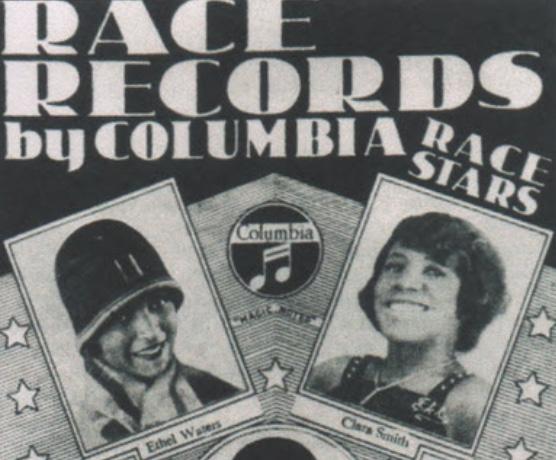
3 minute read
What Happened to Singing in the Rain?
BY IMANI HENDRICK
In a state of constant evolution, music continues to act as a bridge between life’s joys and sorrows. It brings people together like never before and it has acted as a universal language for centuries. In the Black community, we’ve seen many aspects of our history embody a constant cycle of struggle and rebirth. Rhythm and Blues (or R&B as we call it) is no exception and has developed significantly through each decade. What was once a collection of melancholy songs packed with stories of forced separation between identity and freedom, slowly turned into what we know it as today; a love language.
Advertisement
Many identified R&B as “singing in the rain” during the 90’s and early 2000’s. However it honestly starts way before this era. I would like to take you on a little trip back in time if you will.
1949
In 1949 due to some controversy, the term “race music” in the mainstream was replaced with “R&B” by Jerry Wexler of Atlantic Records. It was now the umbrella term for any music composed of African Americans from gospel to jazz, and even including early sounds of Rock and Roll. Some highlights of this time were Julia Lee & Her Boy Friends, Snatch and Grab it (Billboard #1 for 12 weeks), The Huckle-Buck by Paul Williams and His Hucklebuckers as well as various songs by Louis Jordan and his Tympany Five.

1920s - 1930s
In the 1920s through the late 1930s music composed and performed by African Americans was labeled as race music. This term was first published in a popular African American Newspaper called the Chicago Defender and became the description for jazz, blues, and gospel at the time as they were heavily influenced by race relations.

1950s
As the 50s rolled around Ray Charles steps onto the scene bringing a new kind of sound that came to be known as Soul. His song “Baby, Let me hold your hand” was his first charting record in 1951 while signed to Swing Time Records. A while after in 1954 “I’ve Got a Woman” (Sampled in Kanye West’s Gold Digger in 2005) was recorded. Some other Legends of this time were B.B King and Little Richard.

1960's
In height of the Civil Rights Movement, we move into a time where once again awareness music was being mass-produced. On the flip side in the 1960s, one can recall the golden era of Marvin Gaye, The Isley Brothers, Etta James, and The Supremes to name a few. As this decade came to a close, the Grammys added the “Best R&B” award in 1969 with Otis Redding becoming its first recipient.

1970s
During the 70s we see the demise of the sultry funk and disco turn into the emergence of hip hop with the hit record “ Rappers Delight” by the Sugar Hill Gang in 1979.

1980s
The next decade (the ’80s) would be of great experimentation with hits like “Cool it Now” by New Edition, “Love Come Down” by Evelyn Champagne King. “Atomic Dog” by George Clinton, and Sades “The Sweetest Taboo.”

1990s
Now here we are in the 90s or what most call the best Era of R&B and the reign of L.A. Reid of LaFace Records. During this decade and trickling into the 2000s, we are introduced to the soundtrack of our millennial upbringing. Artists such as Bobby Brown, Usher, Lauryn Hill, Erykah Badu, Dru Hill, D’Angelo, TLC, Jodeci, Aaliyah and so many more were introduced. Sadly as the 2000s came around the R&B Charts suffered a great decline.


Because of the many faces that R&B has taken on through the years, I think that in 2020, there is still hope. The misconception is really coming from what the rain is. What used to be known as R&B has now transformed into Millennial love stories full of sliding in DMs and late-night rendezvous. Having said that, art cannot be confined or defined to a box. For this reason I believe singing in the rain is alive and well.
SOME ARTISTS TO WATCH Here are a few new and maybe not so new artists that give me some hope that R&B is not dead.
- LUCKY DAYE
- SNOH AALEGRA
- ARI LENNOX
- BRENT FAIYAZ










